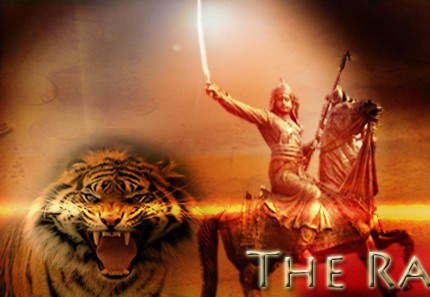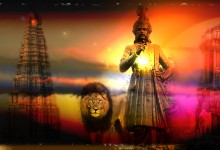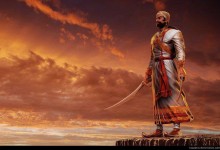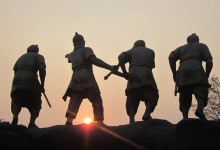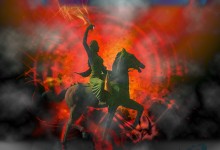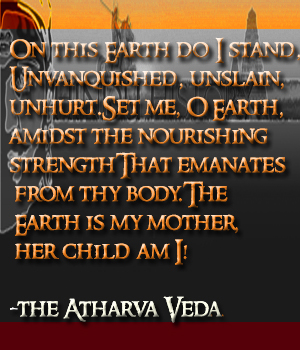Posts Tagged ‘shivaji’
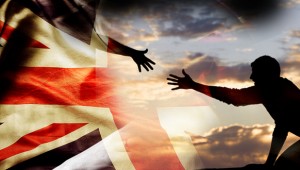
Did the British save Hindus ?
The idea, however, that the British have wrested the Empire from the Mohamadans is a mistake. The Mohamadans were beaten down — almost everywhere except in Bengal — before the British appeared upon the scene; Bengal they ...
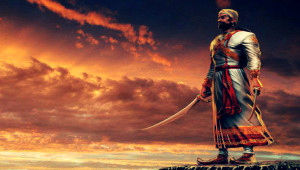
Shivaji : The Warrior King of Dharma
“Ramdas is not complete without Shivaji. To maintain justice and prevent the strong from despoiling, and the weak from being oppressed, is the function for which the Kshatriya was created”...Sri Aurobindo The present genera...
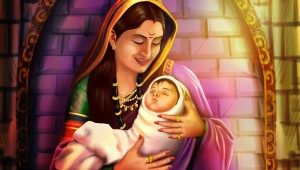
Jijabai: Eternal Mother Symbol of Faith and Courage
featured image by Shilpa Bhoir Jijabai was the mother of Shivaji, one of the most famous and successful Hindu Warrior Kings of all time. The life story of Jijabai, is no less inspiring than that of her prodigal son, and t...
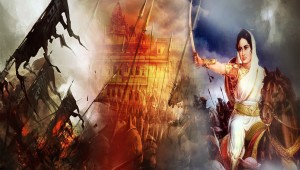
Maharani Ahilyabai Holkar (1725-1795)
Western ‘scholarship’ has generally painted a picture of Hindu society in which women have forever been secluded from public life. This view has penetrated widely into the public mind, and has even been internalised by many...
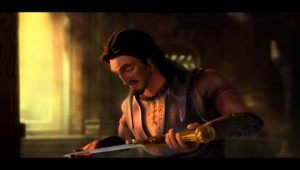
Sambhaji, The Paladin.3D Animation Short
There has been no other character in Maratha history that has been so enigmatic and controversial as Sambhajiraje Bhosale. Sambhaji or Shambhu raje as he was fondly called , was the eldest son of the legendary Shivaji Maharaj. ...
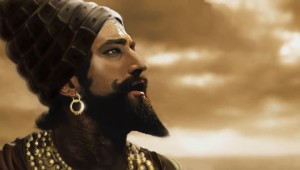
The Epic 27 Year War That Saved Hinduism
”Shivaji was the greatest Hindu king that India had produced within the last thousand years; one who was the very incarnation of lord Siva, about whom prophecies were given out long before he was born; and his advent was ...
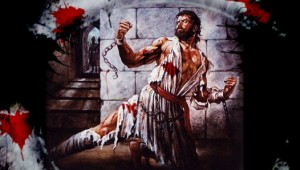
A Heroic Death that Changed the Course of Indian History
After the death of the great king Shivaji in 1680 the nascent Maratha kingdom faced a great challenge. The Moghul Emperor Aurungzeb had been confounded and defeated by the repeated battles with the Marathas and the high spirit ...
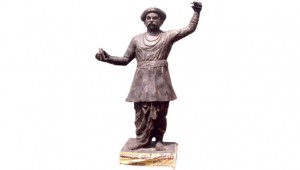
Sant Eknath
SANT EKNATH is one of the great rishis of Maharshtra. Starting from the life of Jnaneshwar (1275-1298), whose treatise on the Bhagavad Gita sprang new life into the religious life of the land, Maharashtra was blessed with a str...
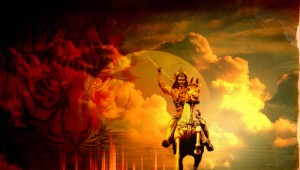
Baji Rao1st : The Peshwa
By the 1730s the Mughal Empire lay in ruins.The rulers of Delhi, the ‘Padshahs of the world’ had been humbled and the successors of Aurangzeb lived in terror of the revolutions convulsing the subcontinent of India. ...
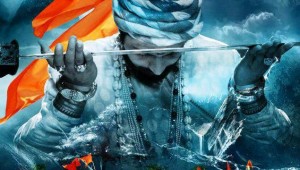
The Myth of “1000 Years of Hindu Slavery”
One thousand years of slavery. Millennia of defeat and domination caused by a dogmatic adherence to the doctrine of ahimsa, preventing an effective resistance to foreign domination. This is what most Hindus are brought up to be...

